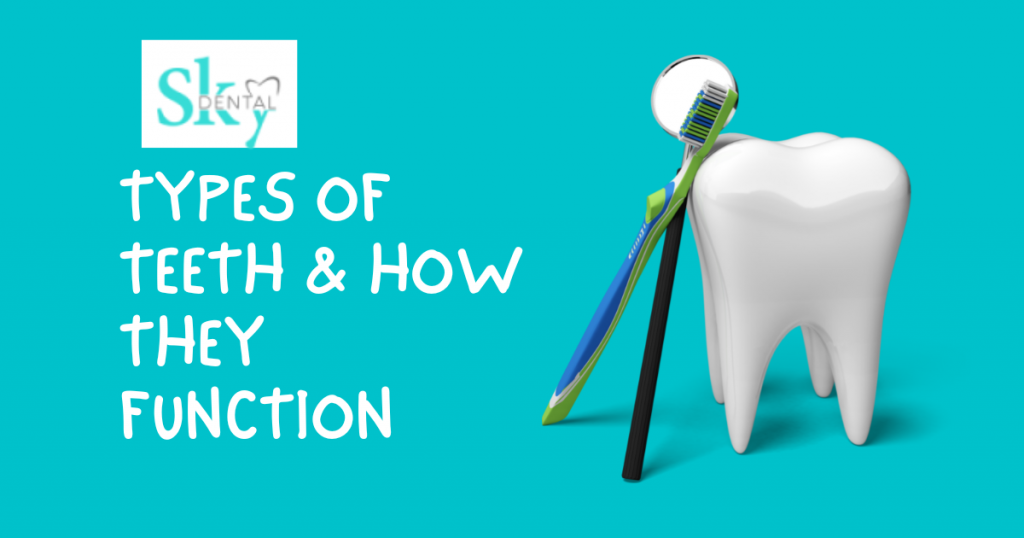One of the strongest parts of the human body is the teeth. It mostly consists of minerals (calcium) and proteins (collagen). Before food can be swallowed, it must first be broken up into tiny bits. Teeth are rigid, calcified structures that serve this purpose. Humans have different types of teeth that can be used for cutting, tearing, shearing, grinding, and crushing. The jaw muscles propel the teeth, and saliva, which is produced in the salivary glands, is used to lubricate them.
Your ability toeat, speak, and maintain good health depends on the condition of your teeth and mouth. Every kind of tooth is slightly different in shape and serves a particular purpose. Most people ignore their teeth until something goes wrong. Our teeth not only help in the chewing and digestion of food, but they also have a significant impact on our overall health. In addition to aiding in digestion, teeth are crucial for speech.
The only hard structures that are present in all vertebrates are teeth. Although certain invertebrates do have similar “teeth,” their structure and functions are very different. Teeth are present in two sets in humans they are Primary (or baby) teeth and permanent (adult), which develop in stages. The growth of each pair of teeth is similar, despite the difference in timing.
Parts of a Tooth
The visible, white portion of the tooth, known as the crown, and the unseen, or root, are the two main parts of a tooth. The tooth’s root, which protrudes below the gum line, aids in securing the tooth in the bone. Each type of tissue in your teeth performs a particular function. Enamel, dentin, cement, and pulp are parts of a tooth.
Types of Teeth and how they function
In humans, there are 4 different types of teeth. Here is a short brief about 4 types of teeth and how they function:
- INCISORS
The eight teeth in the front of your mouth are called incisors (four on top and four on the bottom). These teeth have sharp edges and are meant to break food into little, chewable pieces. The first teeth to emerge are often the incisors, which typically happen between the ages of 6 and 8 for adult teeth and approximately 6 months for baby teeth.
- CANINES
The next type of teeth to develop are your four canines (fangs). These teeth are the sharpest on your body and are used to rip and tear food apart. The upper canine typically appears first, followed by the lower canine, between the ages of 16 and 20 months. The order is reversed for permanent teeth, with the upper canines coming in between ages 11 and 12 and the lower ones around age 9.
- PREMOLARS
Bicuspids or premolars are utilized for grinding and chewing food. Adults have two upper premolars and two lower premolars on each side of their mouths. The first premolars appear about the age of 10, and the second premolars follow around a year later. There are no primary premolars. These replace the first and second primary molars in the mouth which are described below.
- MOLARS
Molars are utilized for food grinding and chewing. The first and second premolars (four uppers and four lower) that emerge between the ages of 12 and 28 months replace the primary molars, also referred to as deciduous molars.
The permanent molars (also four uppers and four lower) erupt behind all of the primary teeth, further back in the jaw, rather than replacing any of them. Before the primary molars fall out, the first permanent molars erupt around age 6, and the second molars appear between ages 11 and 13.
Third molars are also referred to as wisdom teeth. The eruption of these final teeth, which typically take 18 to 20 years to complete, is rare. Some people never even get their third molars. If so, crowding could result from these molars, necessitating their removal. They are considered to be affected and are frequently removed if they don’t totally erupt.
CONCLUSION
Don’t take your teeth or oral health for granted since your mouth matters. It is suggested suggests that people who want to maintain good dental health regularly brush and floss their teeth, avoid smoking, eat a balanced diet, and visit their dentist for cleanings and examinations. A beautiful smile and a healthy physique are both benefits of a healthy mouth.
A reputable dentistry group with a dental clinic practice in Vijayawada is Sky Dental Clinic. As a result, as one of the leading dental hospitals in Vijayawada, we are well-equipped with a variety of specialties, technologies, and procedures to offer exceptional care to patients of all ages.


